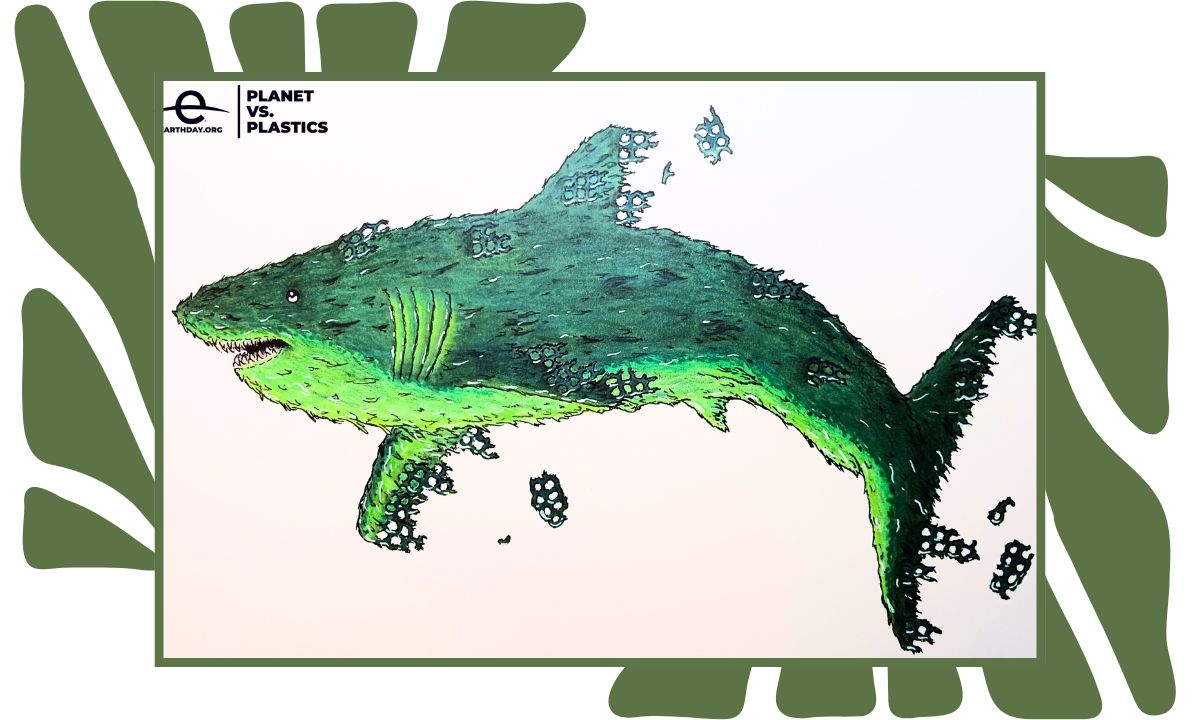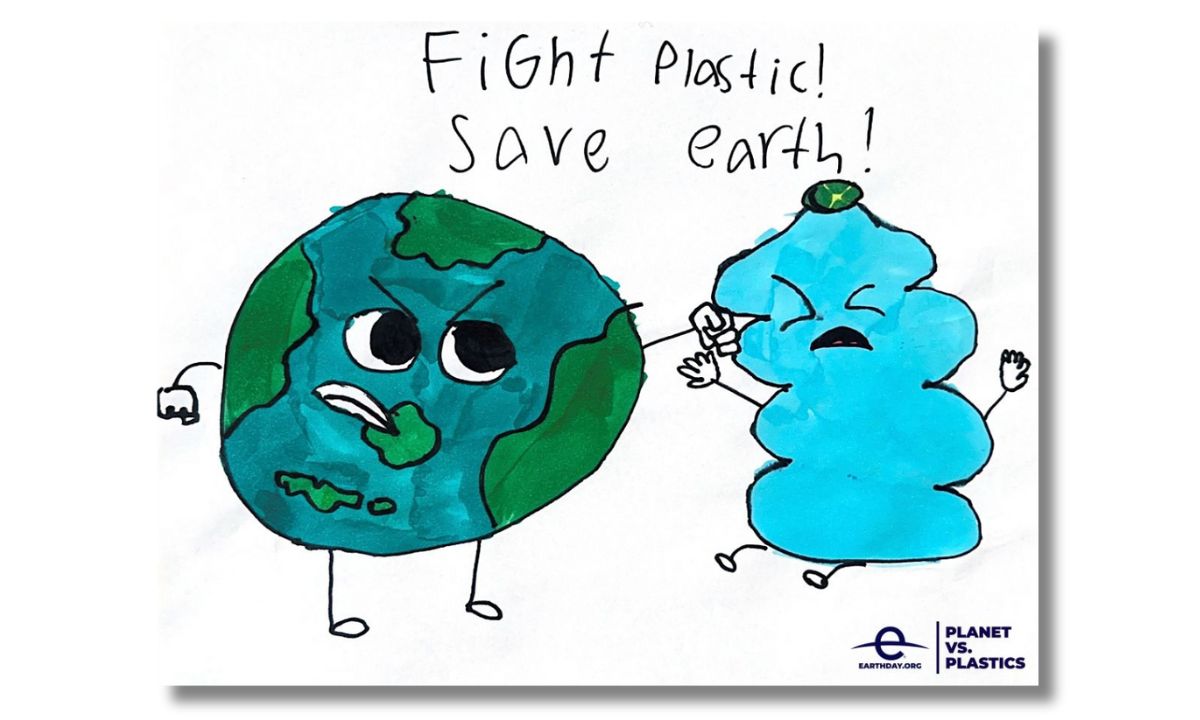This Earth Day, Make Sure Every Child Learns Key Lessons About the Environment
Howard: Universal climate education can teach students how to preserve the planet today and train them for the green jobs of tomorrow

Get stories like these delivered straight to your inbox. Sign up for The 74 Newsletter
EarthDay.org started the battle for climate education April 22, 1970 — the very first Earth Day — and continues to fight for it 54 years later. Right now, the organization is working in every state in the country to provide free climate literacy resources for students in kindergarten through 12th grade.
Every child must be educated about the environment and climate change, not only in science classes, but as a subject integrated throughout all classrooms — be it reading a short story on wildfires in an English class, calculating fossil fuel emissions in math or creating stunning posters and imagery about the state of the planet’s plastic crisis in art. Education inspires curiosity and fires up imaginations.
The power of art was recently brought vividly to life with the Your Art Our Earth Poster Competition, which saw the artwork of two students shine — Luke Pohl Bogdan, from Maryland, who won the 5-to-17 age group with an entry titled Sparring Earth, and Teague Smith, from Idaho, who was the 18+ age group winner with a Plastic Trash Shark.

For both students, taking part in the competition was a way of speaking up about an issue they care about while embracing a subject they love — in this case, art.
“It made me really proud to win the poster competition, as this is the start of my artistic journey,” said Luke. “Plastics are destroying Earth and harming animals. We must act before Earth becomes a big waste pile. I like to draw action cartoons, and we need action to save Earth from plastics.”
For Teague it was the seas that he specifically wanted to focus on. ”I chose to spotlight the oceans in my poster because they’re disproportionately affected by plastic pollution,” Teague explained. “Plastics present a significant threat to our planet’s ecosystems, emphasizing the urgent need for action.”
The competition exposed the students to three important aspects of climate education that EarthDay.org presented at the National Conference for Science Teachers in Denver on March 20 and will be a key part of a report released April 8.
First, it gave them an outlet for expressing their concerns about the climate, which experts say is an important way for them to deal with their anxiety about the very real and documented climate crisis. Second, it reinforced green muscle memory, which trains them to make the right choices for the planet by using less energy and resources and being much more mindful of pollution and land and water degradation. And third, it highlighted the skills and enthusiasm young people will need to fill critical jobs in a green economy — increasingly referred to as the green-collar workforce.
Dennis Nolasco, a member of EarthDay.org’s education team, helped ease his students’ climate anxiety when he was a teacher in California and wildfires devastated the landscape. Realizing that climate change is not something far off in the future, but here and now, he designed a unit for his eighth-grade English class around climate change, and they were fascinated by it.
He asked them to read a series of short stories about other extreme weather events and then challenged them to write their own about what they had just experienced with the wildfires. They then read their stories out in class, and he led a discussion about how these made them feel and what they revealed about the changing climate.
“I was slightly amazed to see how much information they soaked up from local news as we began discussing the causes of the fires,” Nolasco said. “Most importantly, the students asked — will the fires be back? I learned that the truth is powerful. Those students benefited from having the time and space to understand the world around them.”
Lessons like these also counter misinformation about climate change. The science is in — it is real. Teaching that is critical. To further help promote the cause of climate education, our organization has just released a State of Climate Interactive Map as a call to action for every state to assess where it is right now and where it needs to get to in terms of climate education. Clicking on each state produces a list of what is taught about the climate and what specific issues that state is facing. It also suggests whom people can write to if they want to press for climate education as a mandated topic at state level.
“One of the things we realized after visiting a lot of schools locally, in Virginia and Maryland, is that parents, teachers and students really wanted to know what their own home state was teaching on climate education and then compare it to what other states were teaching — or even if they were teaching it at all,” said Emily Walker, an EarthDay.Org education coordinator.
At the college level, the organization is working with student groups to help them advocate for environmental causes on their own campuses, with plans to roll out teach-ins throughout April.
With Earth Day on April 22, there’s never been a better time to advocate for teaching the next generation about the climate crisis and giving them the tools they will need to cope with it. Climate education can play a critically important role in saving the planet.
Get stories like these delivered straight to your inbox. Sign up for The 74 Newsletter

